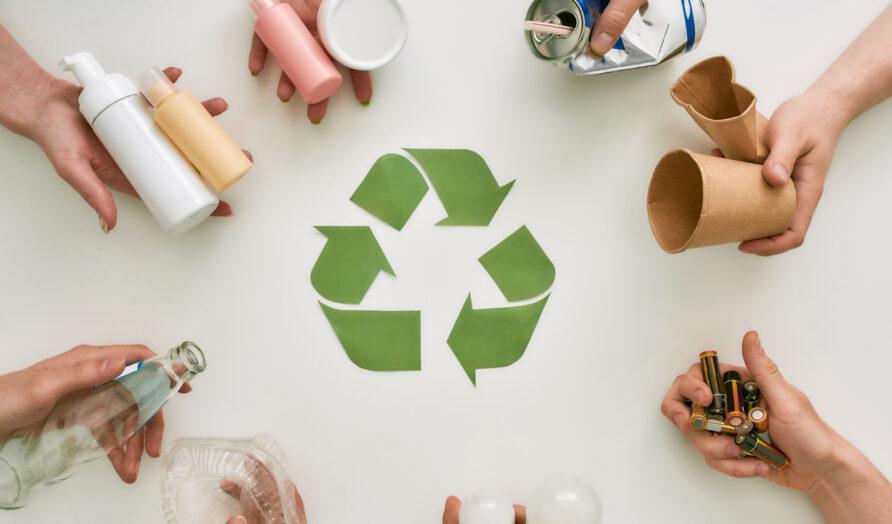As well known to many economic operators, Italy is gradually implementing several European directives aimed at pursuing the environmental protection, in the context of the activity of packaging, recycling and waste management.
These directives have been implemented in Italy with Legislative Decree no. 116/2020 (“Decree”), but the effectiveness of the new regulation has been postponed from time to time, on the one hand, to allow operators to adapt to the new provisions without traumatic impacts and, on the other hand, to allow the competent authorities to better define and clarify the importance of the new rules and sanctions which are often unclear and ambiguous.
Lastly, the very recent Law no. 15 of February 25, 2022, issued on February 28, 2022, provided that the relevant regulations of the Decree would be effective and applicable in Italy starting from January 1, 2023 and provided that the Ministry for the Ecological Transition would issue a technical regulation with specific guidelines about the application of the new rules within ninety days of the entry into force of the new legislation, and therefore within March 30, 2023.
In addition, according to Law no. 15/2022, any products marketed or labelled until January 1, 2023, which do not comply with the new requirements of Decree no. 116/2020, may continue to be marketed while stocks last.
Even if the above provisions have not come into force yet, both the Ministry for Ecological Transition and the C.O.N.A.I. (“National Packaging Association”) have already provided interpretative clarifications and practical-operational guidelines useful for operators to deal with this complex environmental legislation.
Coming to the substantial provisions of the Decree with regards to packaging and recycling activity, the new regulation amends the provisions of article 219, paragraph 5, of the “Italian Environmental Act” by adding the following rules:
- “All packaging must be properly labeled in accordance with the methods established by the UNI technical standards and in accordance with the determinations adopted by the Commission of European Union, in order to facilitate the collection, reuse, recovery and recycling of packaging, as well as to give correct information to consumers on the final destinations of packaging”.
- “Producers are also required to indicate, for the purpose of identifying and classifying packaging, the nature of the packaging materials they use, based on rules set forth in the European Commission Decision 97/129/EC”.
Therefore, first of all, the environmental labelling of packaging becomes mandatory and must be implemented based on the provisions of EU rules and UNI standards (article 219, first part).
Secondly, “manufacturers”, defined by art. 218, letter r), of the Environmental Act as “suppliers of packaging materials, manufacturers, processors and empty packaging and packaging materials importers” are required to indicate the nature of the packaging materials they use (art. 219, second part).
Notwithstanding the above, the new rules set forth by Article 219 are not clear with reference to: (i) the mandatory contents to be reported on the label; (ii) the subjective scope of the regulation.
With reference to the specific information to be indicated on the label in Italy – as mentioned before – CONAI has recently issued guidelines to provide a correct interpretation of the new regulations.
In particular, as regards packaging for the B2C market, the CONAI Guidelines provide that:
- packaging labelling is required for all components which may be manually separated from the packaging system;
- when it is impossible to indicate the identification code on each component, – for example due to the size of the component – or for other technical limitations, the code may be indicated on the main body, or on the only packaging;
- the use of digital solutions to label the packaging (such as QR codes or special apps) is allowed since the packaging must be labelled in the form and manner that each operator believes to be the most suitable and effective in order to achieve the purpose to inform the end user (“opportunamente etichettati”).
With reference to the “mandatory contents” which must be reported on the label:
a. for all packaging, manufacturers must indicate the alphanumeric code required by Decision 97/129/EC (pursuant to Article 219, second part);
b. consumer packaging (B2C) must also be properly marked in order to assist the consumer in waste recycling (pursuant to Article 219, first part).
As regards the subjective scope of the regulation, the first part of article 219 does not clarify who is the subject required to label the packaging, while the second part expressly refers to “manufacturers”.
Notwithstanding the above, there are many reasons to argue that the whole regulation should be binding both for manufacturers and for non-manufacturers.
Among other reasons, article 261, paragraph 3, of the Environmental Act, with regards to penalties, provides that “whoever” places on the internal market packaging that does not comply with the requirements of article 216, paragraph 5, of the Environmental Act “is subject to a fine ranging from 5,200 to 40,000 euros”.
Furthermore, according to the CONAI guidelines, the obligations and penalties will also apply to suppliers of packaging materials, manufacturers, processors, importers of empty packaging and others.
This wider interpretation seems also to be confirmed by a directive of the Ministry of Ecological Transition, which underlines the importance of the principle of “shared responsibility” of all the operators and of the principle according to which “the polluter must pay” with the purpose to promote the transition towards a green economy.
Given the above, it is necessary to wait for technical clarifications from the Ministry of Ecological Transition and to monitor and check the actual implementation of the regulation in practice. Meanwhile, it is important to apply precautionary measures and rely on the advice of experienced professionals in order to avoid unexpected heavy fines.


